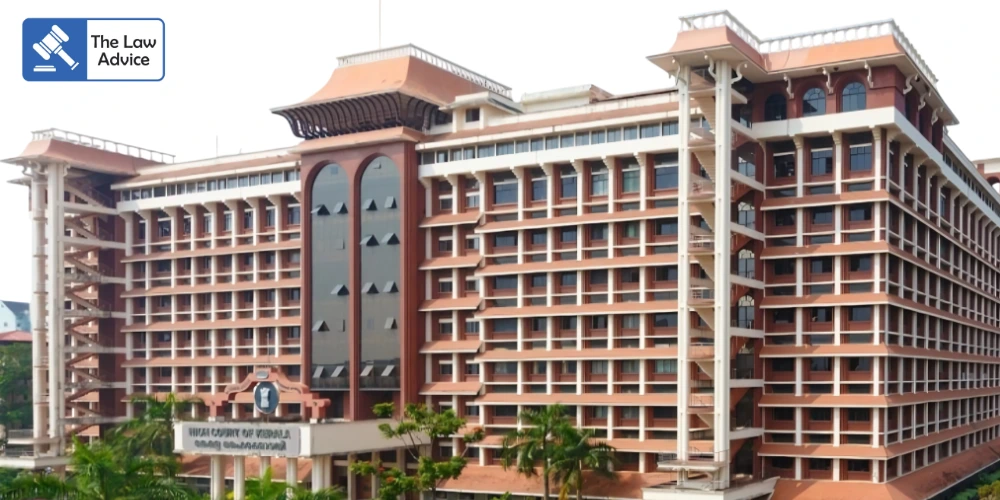In a significant ruling on evidentiary standards in theft cases, the Kerala High Court has held that mere recovery of stolen articles pursuant to disclosure statements cannot form the sole basis for convicting an accused, in the absence of corroborative evidence establishing his direct involvement in the crime.
The decision, delivered by Dr. Justice Kauser Edappagath, underscores the principle that while Section 27 of the Evidence Act permits admissibility of facts discovered from an accused’s disclosure, such recovery is not substantive proof of guilt and must be backed by independent and credible evidence.
The case arose from a complaint alleging that the petitioner, along with a co-accused, had arrived in an autorickshaw and snatched gold ornaments from the complainant’s wife. The trial court convicted the petitioner under Section 379 IPC (theft), and the appellate court upheld the conviction.
However, crucial gaps remained in the prosecution’s evidence:
• None of the prosecution witnesses were able to identify the accused as the persons who committed the theft.
• The autorickshaw number was neither noted nor produced in evidence.
• No test identification parade (TIP) was conducted during the investigation.
Despite these lapses, the trial court convicted the petitioner, heavily relying on the fact that the stolen ornaments were recovered from shops based on the petitioner’s disclosure statement during police custody. The trial court further invoked Section 114(a) of the Indian Evidence Act, which allows courts to presume that possession of stolen goods soon after theft indicates that the possessor is either the thief or a person who knowingly received stolen property.
The central question before the High Court was whether the recovery of stolen items under Section 27 Evidence Act, coupled with the accused’s disclosure statement, was sufficient to uphold conviction when eyewitness identification and corroborative evidence were absent.
Referring to the Supreme Court’s ruling in Manoj Kumar Soni v. State of Madhya Pradesh, the High Court reiterated that:
• Recovery under Section 27 is admissible but not substantive evidence on its own.
• A conviction cannot be based solely on a disclosure statement and recovery of articles.
• Section 114(a) presumptions must be applied cautiously and in conjunction with other evidence, not in isolation.
The High Court observed that since neither the petitioner nor the co-accused were identified by witnesses (PW1 and PW2), and the autorickshaw used in the alleged offence was not linked to the accused, the prosecution failed to establish the chain of circumstances proving the petitioner’s involvement in the actual theft.
Justice Edappagath stressed:
“While recovery under Section 27 can be a crucial piece of evidence, it cannot be the sole basis for conviction. It is not substantive evidence. It must be corroborated by other reliable material establishing guilt beyond reasonable doubt.”
The Court allowed the criminal revision petition and set aside the conviction of the petitioner, holding that the recovery of gold ornaments and disclosure statements—without proper identification of the accused or corroborating circumstances—was insufficient to prove guilt under Section 379 IPC.
Case Details
• Case Title: Abdul Jabbar v. State of Kerala
• Case No.: Crl.Rev.Pet. No. 1604 of 2006
• Judge: Dr. Justice Kauser Edappagath
